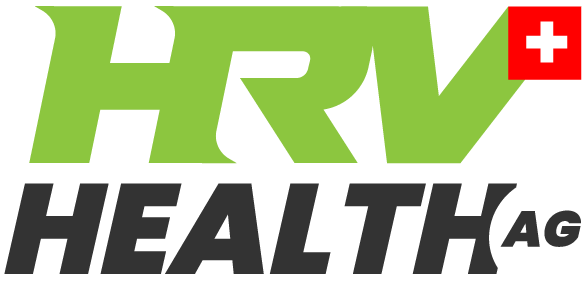Heart rate variability gives users a daily measure of their health status. It also provides the elite athlete with a powerful metric of how their body is responding to training.
A health heart is not a metronome[1]An Overview of Heart Rate Variability Metrics and Norms, even when the pulse rate is constant.
The interval between each heart beat varies. At a pulse rate of 60 beats per minute, the gap between each heart beat where the theoretical gap between each beat is 1,000 milliseconds could be 950, 1070, 1090, 923, 999, 1125, 971….. A higher variability is an indicator of good health.
Low HRV is a bad sign that is associated with essential hypertension, some forms of cancer, respiratory ailments, type 2 diabetes[2]Heart Rate Variability, and COVID-19[3]Assessment of physiological signs associated with COVID-19 measured using wearable devices.
On the other hand, elite athletes use HRV to guide their training[4]Training Prescription Guided by Heart Rate Variability in Cycling.
The co-morbidities associated with COVID-19 are the leading causes of death and are measurable using HRV.
As we age, HRV declines[5]Vagal modulation and aging and the risk of suffering one or more of the major NCDs increases. Exercise reverses the ageing process and the improvement in HRV confirms that its working.
Meditation[6]Changes in stress after meditation, pilates, and yoga all improve HRV and, as proponents will tell you, counter ageing.
Stress kills. It also lowers HRV[7]Stress and Heart Rate Variability: A Meta-Analysis and Review of the Literature. So, a lower HRV can also be a sign that you’re under too much stress. Taking the HRSS test on the HRV Health platform will measure your stress levels, as will a blood pressure test.
Early diagnosis is the most significant factor in successful treatment of the major NCDs. We know that, and we are told to go for regular check-ups as we get older. And how we all love those.
Now it’s much easier. Check your HRV, preferably daily. Because HRV varies through the day, depending on both physical and cognitive stress levels, it’s best to set a routine, measuring your HRV first thing in the morning. Sit on a chair, put on the chest strap and HRM, click [start reading] on the app, sit quietly for a couple of minutes as the readings are taken, and then review the results.
A steady decline over a few days will tell you that you should make that appointment with your doctor. Download your HRV data, and send it to your doctor before the consultation so that she/he can see why you’re concerned.
Doctors have been using HRV for decades, so you won’t need to explain why you’re sending the data.
And if you’re thinking of doing some exercise after a layoff, and you want your doctor’s approval, then the HRV data will help them to provide you with informed advice.
Or you’ve finally had your COVID vaccination. Can you go for that bike ride or run you’re been looking forward to all week? Check the HRV (as I did) and see if you’re good to go.
And using HRV will reduce healthcare costs and insurance, which is the HRV Health’s raison d’être.
References
